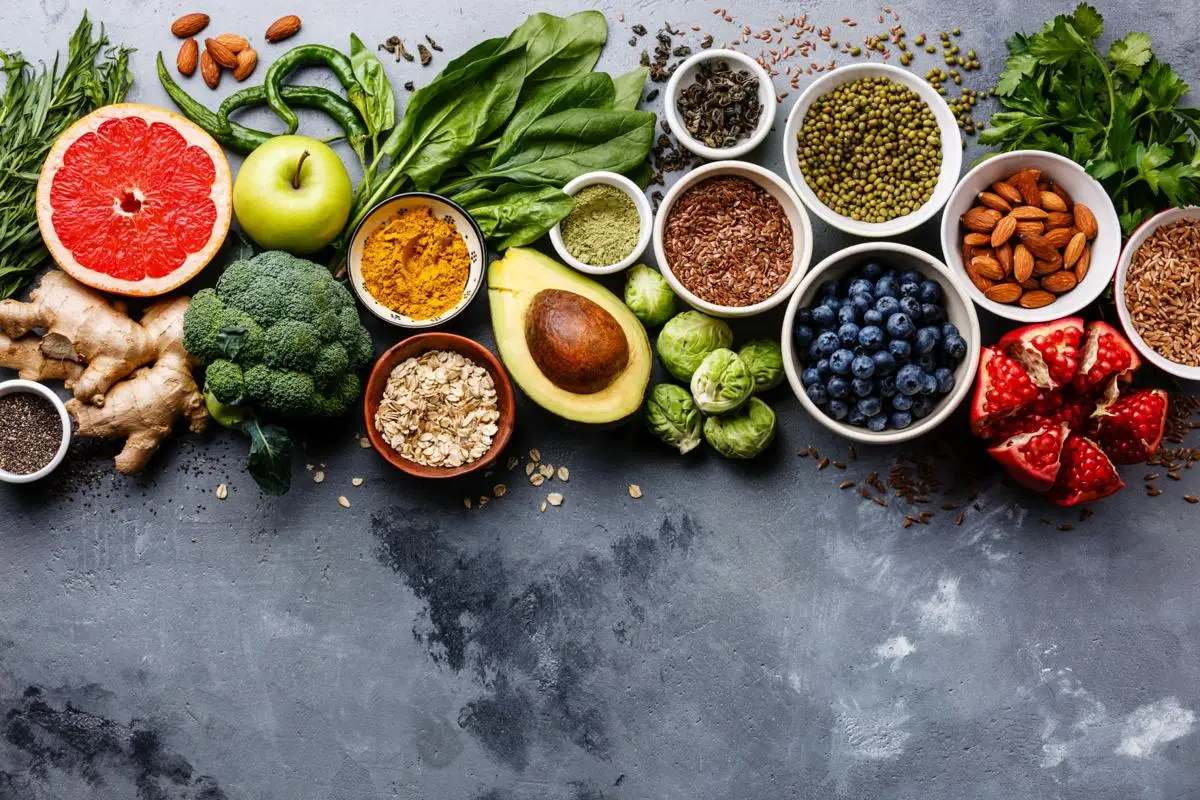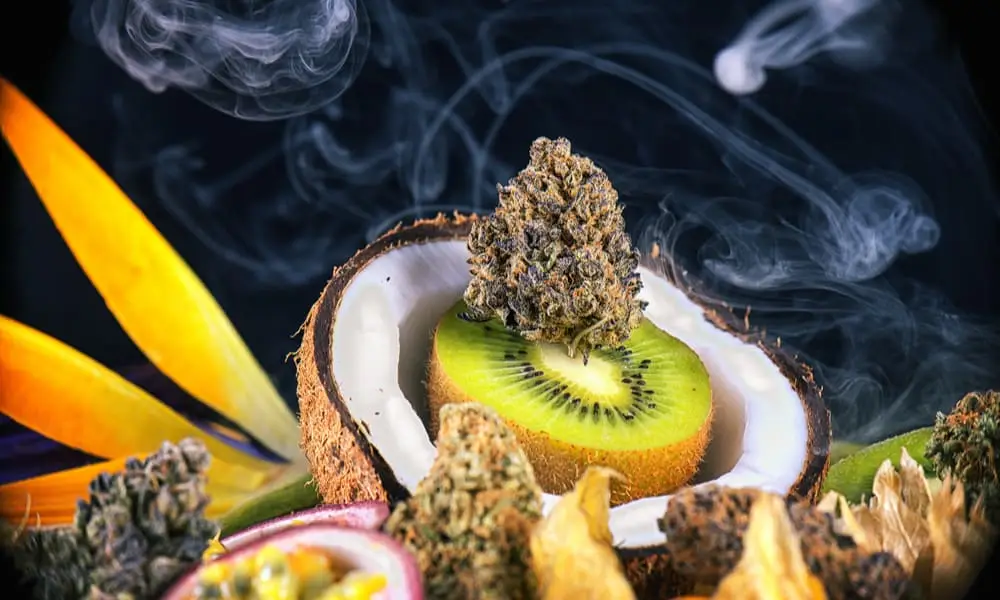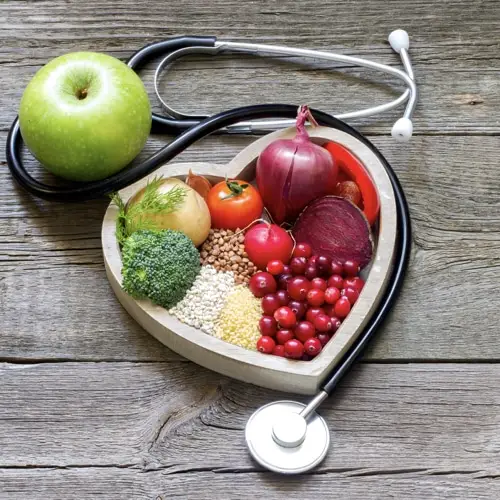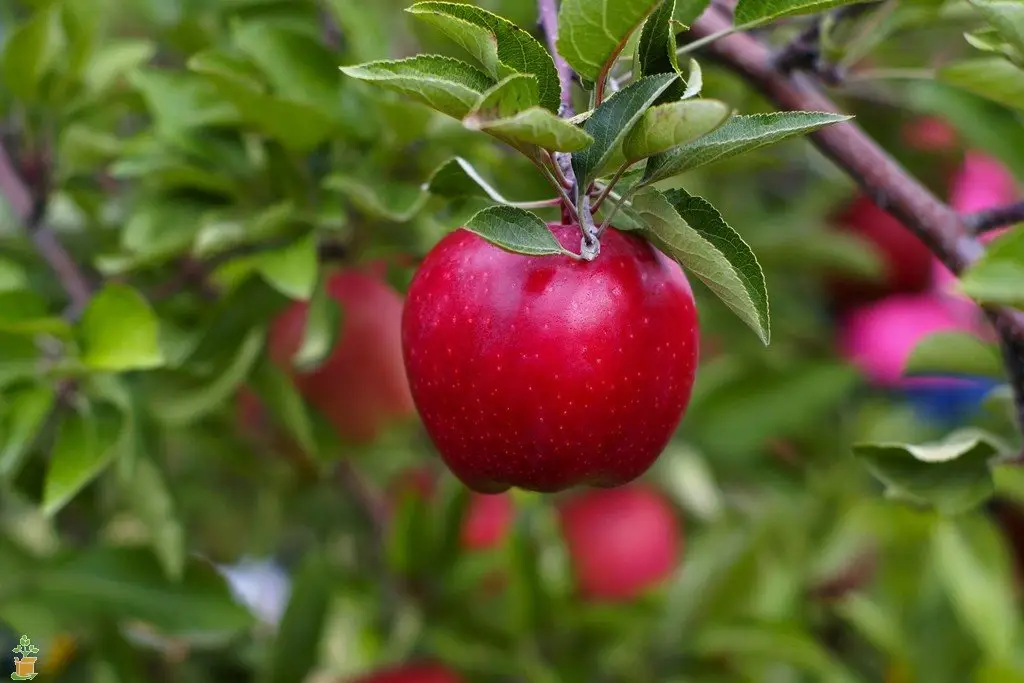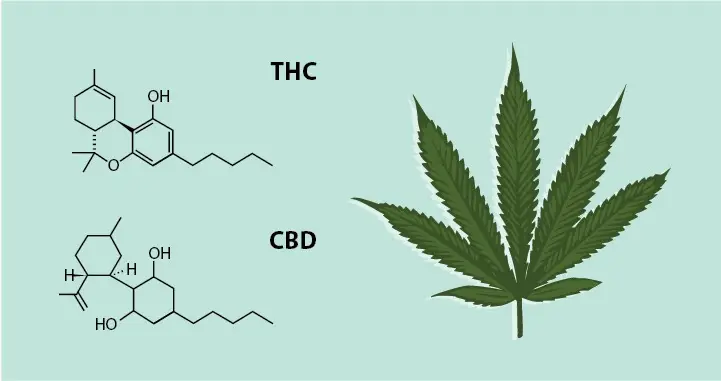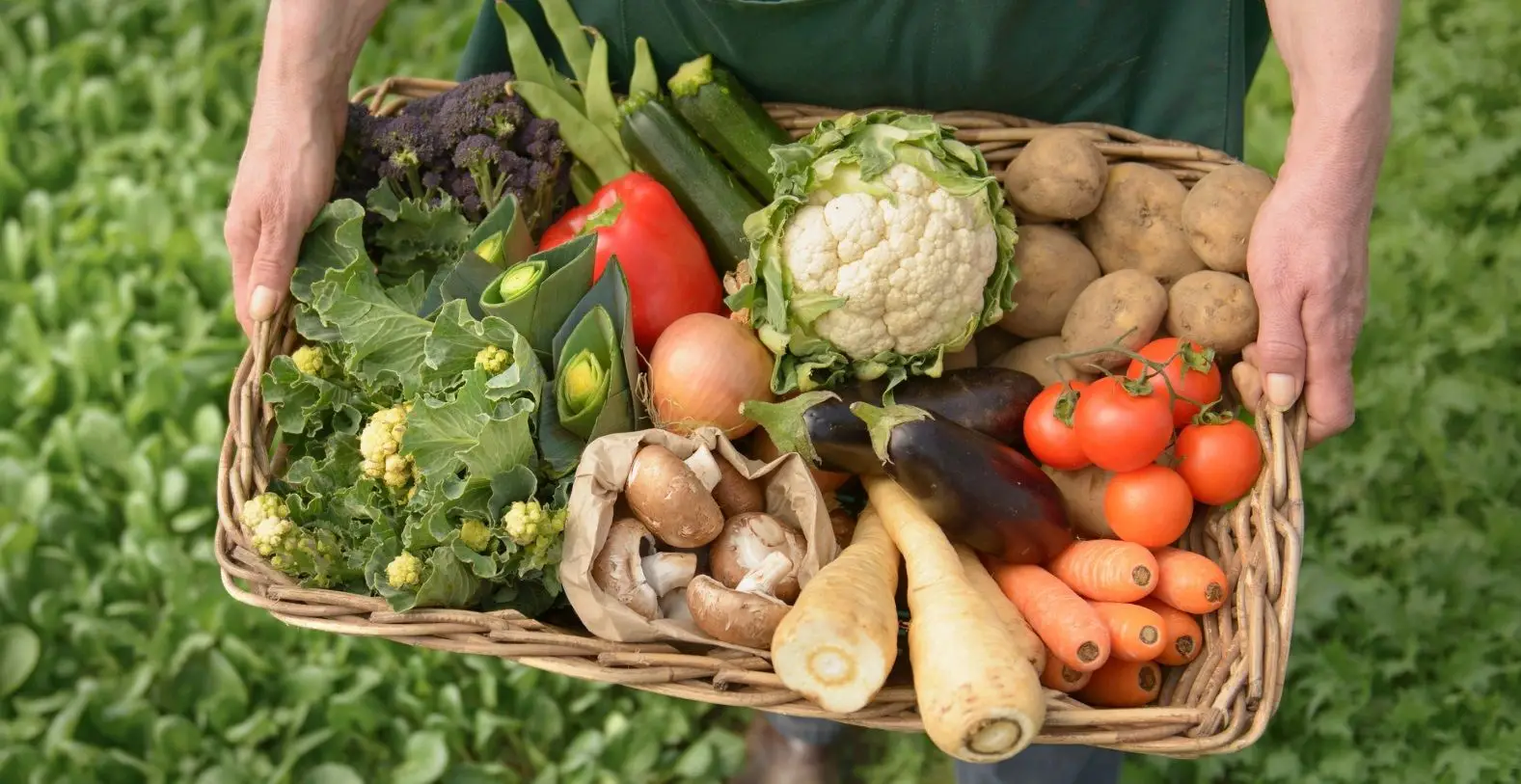Gerald J. Joseph, B.S, M.Ed HealthCoach
Fasting Improves Your Brain Function
New research has indicated that fasting can significantly reduce the effects of aging on the brain. It has been known that bouts of intermittent fasting have a powerful anti-inflammatory effect on the entire body. Leading scientists now believe that intermittent fasting is one of the key strategies for maximizing brain function.
Researchers at the National Institute of Aging in Baltimore have reviewed the literature and performed studies to indicate the positive effects of fasting on overall brain health. Professor Mark Mattson, who the head of the Institute’s laboratory of NeuroSciences, made it clear that these benefits were not just related to calorie restriction but instead to intentional periods of intermittent fasting (1)
Major Phases:
Building and Cleansing:
Eating stimulates the body to go into building phase where we are anabolic in nature and store both nutrients and toxins. This phase is essential for building new cells and tissues and store nutrients for times of scarcity. This building phase of physiology is predominately led by the hormone insulin.
Fasting for more than 6 hours begins the cleansing phase. The cleansing phase is catabolic in nature in that it tears down old damaged cells. This process turns on brain autophagy, or “self-eating,” in where the cells recycle waste material, regulate waste products and repair themselves.
These genetic repair mechanisms are turned on through the release of human growth hormone (HGH). Intermittent fasting is one of the most powerful ways to reduce inflammation, boost immunity and enhancing tissue healing (2, 3, 4).
This is one of the reasons why many people feel nauseated when they have infections. This innate mechanism is the body’s way of influencing us to fast so it can produce the right environment to boost natural immunity.
Fasting Boosts Human Growth Hormone:
Human Growth Hormone (HGH) is known to create physiological changes in metabolism to favor fat burning and protein sparing. The proteins and amino acids are utilized to improve brain and neuron processing. They also repair tissue collagen which improves the functionality and strength of muscles, tendons, ligaments, and bones.
HGH also improves skin function, reduces wrinkles & heals cuts and burns faster (5, 6, 7, 8). Researchers at the Intermountain Medical Center Heart Institute found that men, who had fasted for 24 hours, had a 2000% increase in circulating HGH. Women who were tested had a 1300% increase in HGH (9).
The researchers found that the fasting individuals had significantly reduced their triglycerides, boosted their HDL cholesterol and stabilized their blood sugar.The Dance Between Insulin and HGH:HGH and insulin are opposites in function.
HGH is focused on tissue repair, efficient fuel usage and anti-inflammatory immune activity (10). Insulin is designed for energy storage, cellular division and pro-inflammatory immune activity (11). Insulin is the dominant player in this game. When conditions demand an insulin release (carbohydrate intake), HGH is inhibited (12, 13).
Additionally, too much protein or fat may not stimulate insulin but they will inhibit HGH release. Studies have indicated that the disruption of neuronal autophagy results in accelerated neurodegenerative states throughout the brain (14).
Elevated circulating levels of insulin reduce the amount of neuronal autophagy and cause metabolic problems as well as accelerated degenerative states (15). Bouts of intermittent fasting are essential for the brain to clean itself up and drive new neurons and communication lines for optimal function (16).
Fasting and Exercise:
The cleansing phase also acts like a slinky that is being spring-loaded for when the body moves into the building stage. It provides a sort of pre-load that allows the body to adapt in an incredible manner when it goes into the building phase. This enhances the neuronal connections and improves brain function.
Experts believe the intermittent fasting puts the brain cells under mild stress that is similar to the effects of exercise on muscle cells. The stress causes them to adapt and get more energy efficient (17). The body recovers from intense exercise through both the building and cleansing phases.
Brain-Derived NeuroTrophic Factor:
Brain-Derived NeuroTrophic Factor (BDNF) levels govern the formation of new neurons and the development of synapses and various lines of communication within the brain. Higher levels of BDNF lead to healthier neurons and better communication processes between these neurological cells (18).
Low levels of BDNF are linked to dementia, Alzheimer’s, memory loss and other brain processing problems (19). Intermittent fasting from 16 -18 hours has been shown to boost HGH levels by 50-100% and fasting up to 36 hours has been shown to boost BDNF levels by up 400% (1).
Research has shown that bouts of fasting have a great anti-inflammatory effect on the entire body (20, 21, 22). Sufferers from asthma have shown great results as have preliminary reports on individuals with Alzheimer’s and Parkinson’s (23). Mattson and colleagues are preparing to study more details about the impact of fasting on the brain using MRI technology and other testing.
Best Strategies For Fasting:
The best way to begin fasting is by giving your body 12 hours between dinner and breakfast every single day. This allows 4 hours to complete digestion and 8 hours for the liver to complete its detoxification cycle. After this is a standard part of lifestyle, try taking one day a week and extending the fast to 16-18 hours.
Eventually, you may choose to do a full 24 hour fast each week. During the Fasting Period it is great to drink cleansing beverages such as fermented drinks, herbal teas, water with infused superfood extracts, water with lemon or apple cider vinegar, etc.
These enhance the cleansing process by providing anti-oxidants and micronutrients that enhance healing while not interacting with insulin or HGH levels.
Precautionary Step Before Fasting:
Before one begins a lifestyle of intermittent fasting they should first remove as much sugar and grains from their diet as possible. This will create better blood sugar balance and help regulate insulin and the stress hormone cortisol.
The diet should be built around good fats, anti-oxidant rich plant-based foods, non-altered protein, good fat and fiber. It can take three to seven days to stabilize blood sugar and stress hormones before intermittent fasting would be advised. Once the body is properly trained, most people are able to easily do a 16-18 hour fast everyday.
The easiest way to do this is by missing breakfast to extend the overnight fast. Have a light lunch or mid-afternoon snack and then a large dinner. For many, they feel so great doing this that they choose to never go back to eating any differently.
Mental health struggles like Alzheimer’s are slow, silent killers sapping us of energy and happiness. Whether challenged by depression, anxiety, stress, addiction or another manifestation, every single person is impacted and affected–you, your family, friends, neighbors and coworkers–either directly or indirectly every single day.
HealthCoach
In The End
The Gerald J. Joseph HealthCoach Prevention Program (HCPP) is a shift in the prevention and treatment of chronic disease syndromes Heart Disease, Type II Diabetes, Obesity and Cognitive Loss Disorders like Alzheimer’s Disease which is a progressive disease that destroys memory and other important functions.
The key to preventing chronic disease syndromes, and age related cognitive disorders like Alzheimer’s and dementia lie in our understanding of 2 key factors, 1) malnutrition, 2) lack of physical activity –
The HCPP central thesis is that the human diet has changed far too quickly for our genes to keep up. As a result, both Neolithic and modern day humans developed metabolic syndromes, conditions such as elevated blood pressure, blood sugar (HbA1c), weight gain (obesity), high cholesterol levels (lipids) and cognitive loss (beta amyloid 42) as a result of the consuming the highly processed, meat centric Western American diet and because humans have become sedentary creatures by no longer engaging in daily physical activity. (walking with gate speed.)
People in almost every region of the world could benefit from rebalancing their diets to eat optimal amounts of various foods and nutrients, according to the Global Burden of Disease study tracking trends in consumption of 15 dietary factors from 1990 to 2017 in 195 countries.
The study estimates that one in five deaths globally — equivalent to 11 million deaths — are associated with poor diet, and diet contributes to a range of chronic diseases in people around the world. In 2017, more deaths were caused by diets with too low amounts of foods such as whole fruit, vegetables, root vegetables, nuts, seeds and deep sea water fish (omega-3 fats) then by diets with high levels of foods like trans fats, sugary drinks, and high levels of red and processed meats.
In addition, evidence has clearly establishes that lack of physical activity affects almost every cell, organ, and system in the body causing sedentary dysfunction and accelerated death.
The massive dysfunction caused by living a sedentary lifestyle means that just as food and reproduction remain as requirements for long-term continued human existence, physical activity is also a requirement to maximize health span and lifespan.
The only valid scientific therapeutic approach to completely counter sedentary dysfunction is primary prevention with physical activity itself.
References:
1. Martin B, Mattson MP, Maudsley S. Caloric restriction and intermittent fasting: two potential diets for successful brain aging. Ageing Res Rev. 2006 Aug;5(3):332-53. PMID: 16899414
2. Dirks-Naylor AJ, Kouzi SA, Yang S, Tran NT, Bero JD, Mabolo R, Phan DT, Whitt SD, Taylor HN. Can short-term fasting protect against doxorubicin-induced cardiotoxicity? World J Biol Chem. 2014 Aug 26;5(3):269-74. PMID: 25225594
3. Michalsen A, Li C. Fasting therapy for treating and preventing disease – current state of evidence. Forsch Komplementmed. 2013;20(6):444-53. PMID: 24434759
4. Michalsen A. Prolonged fasting as a method of mood enhancement in chronic pain syndromes: a review of clinical evidence and mechanisms. Curr Pain Headache Rep. 2010 Apr;14(2):80-7. PMID: 20425196
5. Ho KY, Veldhuis JD, Johnson ML, Furlanetto R, Evans WS, Alberti KG, Thorner MO. Fasting enhances growth hormone secretion and amplifies the complex rhythms of growth hormone secretion in man. J Clin Invest. 1988 Apr;81(4):968-75. PMID: 3127426
6. Vendelbo MH, Jørgensen JO, Pedersen SB, Gormsen LC, Lund S, Schmitz O, Jessen N, Møller N. Exercise and fasting activate growth hormone-dependent myocellular signal transducer and activator of transcription-5b phosphorylation and insulin-like growth factor-I messenger ribonucleic acid expression in humans. J Clin Endocrinol Metab. 2010 Sep;95(9):E64-8. PMID: 20534752
7. Yamamoto M, Iguchi G, Fukuoka H, Suda K, Bando H, Takahashi M, Nishizawa H, Seino S, Takahashi Y. SIRT1 regulates adaptive response of the growth hormone–insulin-like growth factor-I axis under fasting conditions in liver. Proc Natl Acad Sci U S A. 2013 Sep 10;110(37):14948-53. PMID: 23980167
8. Farzad Hayati, Mohsen Maleki, Maryam Pourmohammad, Kamran Sardari, Mehrdad Mohri Amir Afkhami. Influence of Short-term, Repeated Fasting on the Skin Wound Healing of Female Mice. Woundsresearch.com Link Here
9. Anderson JL, Carlquist JF, Roberts WL, Horne BD, May HT, Schwarz EL, Pasquali M, Nielson R, Kushnir MM, Rockwood AL, Bair TL, Muhlestein JB; Intermountain Heart Collaborative Study Group. Asymmetric dimethylarginine, cortisol/cortisone ratio, and C-peptide: markers for diabetes and cardiovascular risk? Am Heart J. 2007 Jan;153(1):67-73. PMID: 17174641
10. Growth Horomone Wikipedia Link Here
11. Insulin Wikipedia Link Here
12. Lanzi R, Luzi L, Caumo A, Andreotti AC, Manzoni MF, Malighetti ME, Sereni LP, Pontiroli AE. Elevated insulin levels contribute to the reduced growth hormone (GH) response to GH-releasing hormone in obese subjects. Metabolism. 1999 Sep;48(9):1152-6. PMID: 10484056
13. Ji S, Guan R, Frank SJ, Messina JL. Insulin inhibits growth hormone signaling via the growth hormone receptor/JAK2/STAT5B pathway. J Biol Chem. 1999 May 7;274(19):13434-42. PMID: 10224108
14. Jin H Son, Jung Hee Shim, Kyung-Hee Kim, Ji-Young Ha and Ji Young Han. Neuronal autophagy and neurodegenerative diseases. Experimental & Molecular Medicine. Nature.com
15. Young JE, Martinez RA, La Spada AR. Nutrient deprivation induces neuronal autophagy and implicates reduced insulin signaling in neuroprotective autophagy activation. J Biol Chem. 2009 Jan 23;284(4):2363-73. PMID: 19017649
16. Alirezaei M, Kemball CC, Flynn CT, Wood MR, Whitton JL, Kiosses WB. Short-term fasting induces profound neuronal autophagy. Autophagy. 2010 Aug;6(6):702-10. PMID: 20534972
17. Mattson MP. Challenging oneself intermittently to improve health. Dose Response. 2014 Oct 20;12(4):600-
18. PMID: 2555296018. Li L, Wang Z, Zuo Z. Chronic intermittent fasting improves cognitive functions and brain structures in mice. PLoS One. 2013 Jun 3;8(6):e66069. PMID: 23755298
19. Diniz BS, Teixeira AL. Brain-derived neurotrophic factor and Alzheimer’s disease: physiopathology and beyond. Neuromolecular Med. 2011 Dec;13(4):217-
20. PMID: 2189804520. Levenson CW, Rich NJ. Eat less, live longer? New insights into the role of caloric restriction in the brain. Nutr Rev. 2007 Sep;65(9):412-5.
21. PMID: 1795820821. Gillette-Guyonnet S, Vellas B. Caloric restriction and brain function. Curr Opin Clin Nutr Metab Care. 2008 Nov;11(6):686-92.
22. PMID: 1882757122. Fontán-Lozano A, López-Lluch G, Delgado-García JM, Navas P, Carrión AM. Molecular bases of caloric restriction regulation of neuronal synaptic plasticity. Mol Neurobiol. 2008 Oct;38(2):167-77.
23. PMID: 1875900923. Longo VD, Mattson MP. Fasting: molecular mechanisms and clinical applications. Cell Metab. 2014 Feb 4;19(2):181-92. PMID: 24440038

